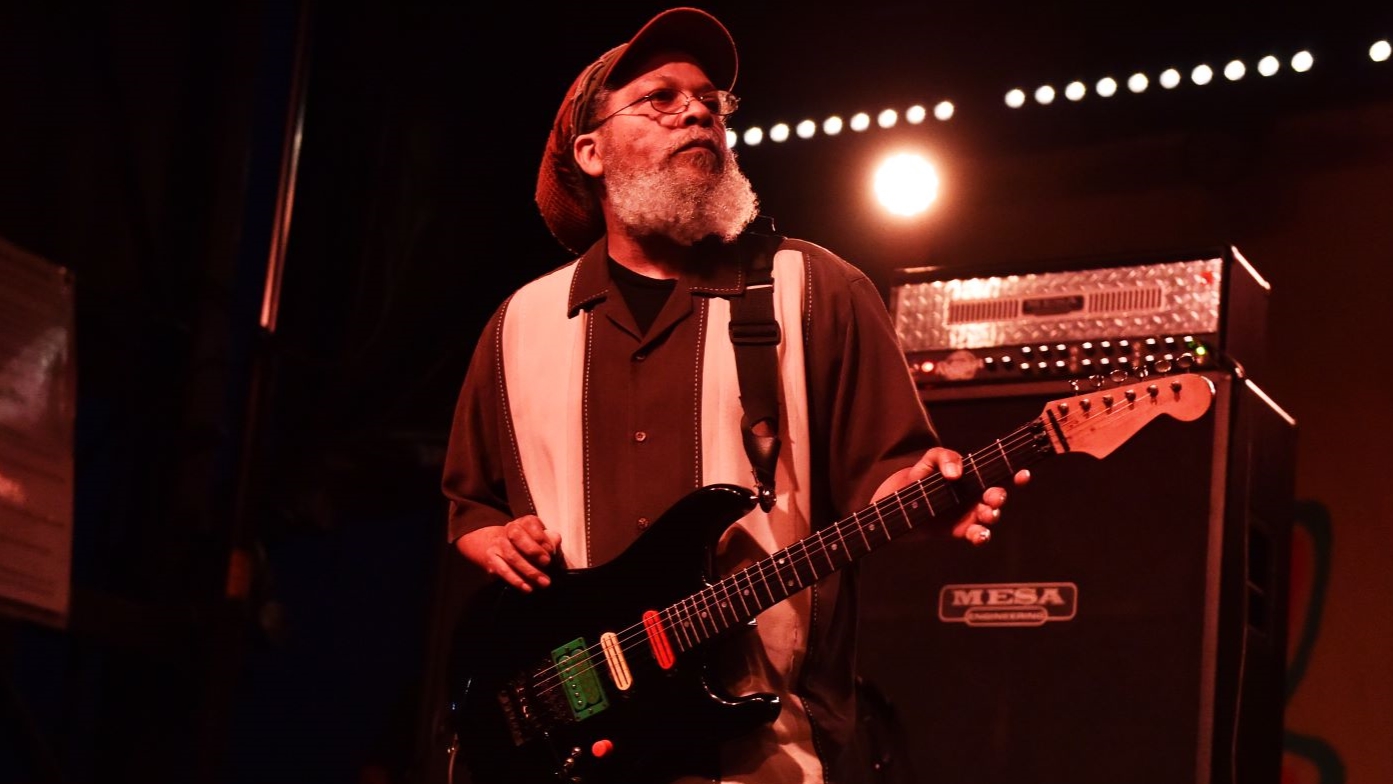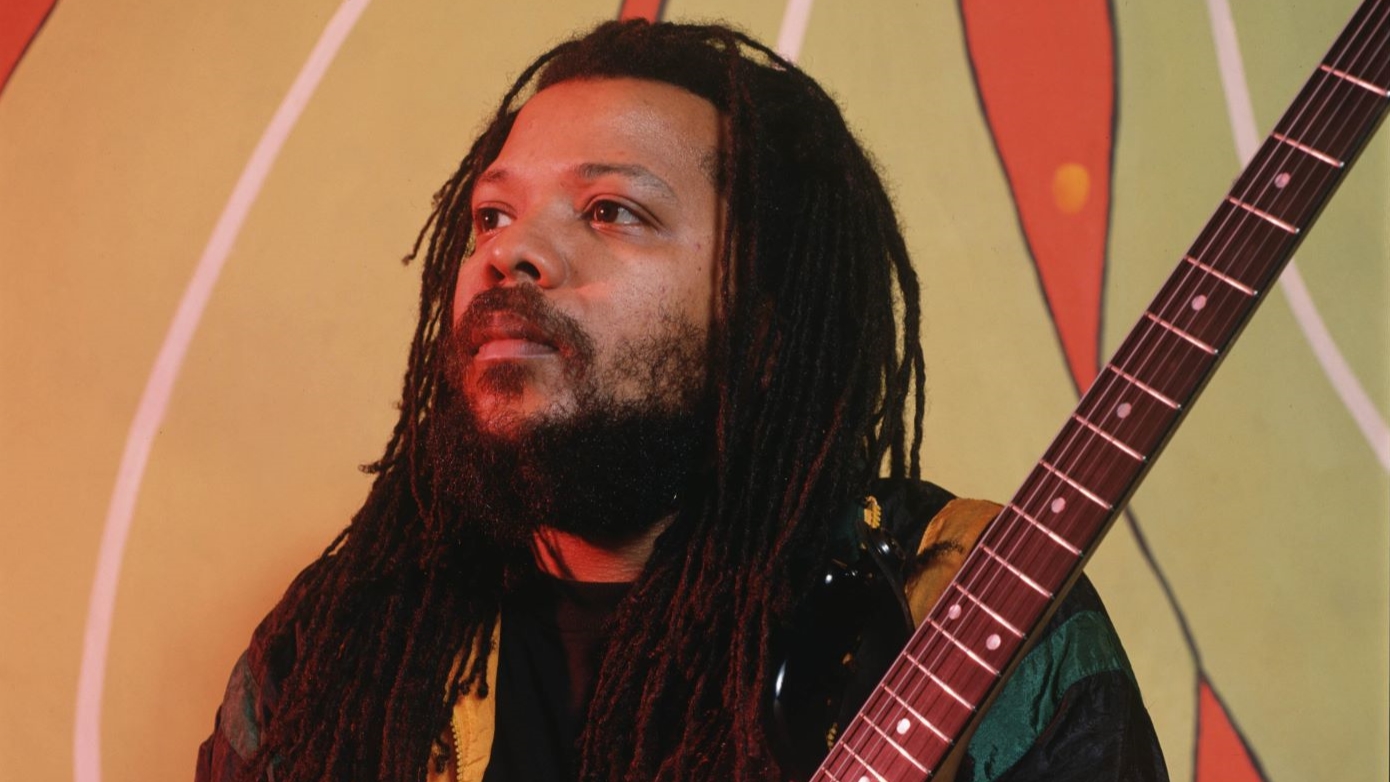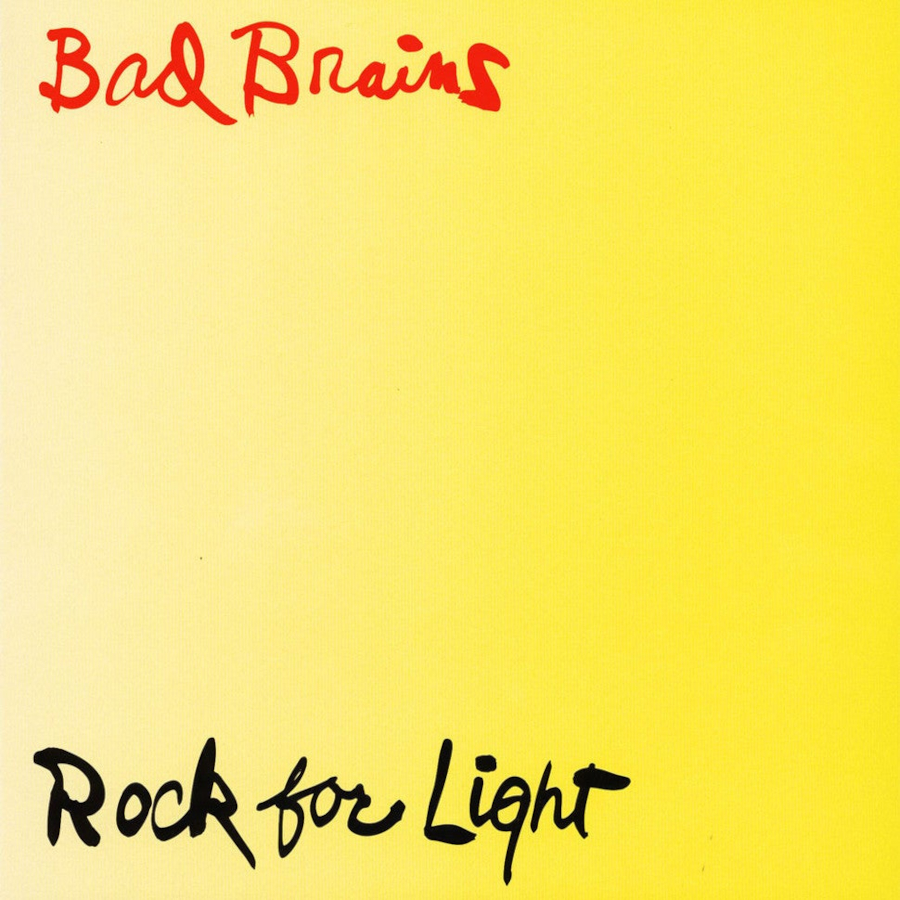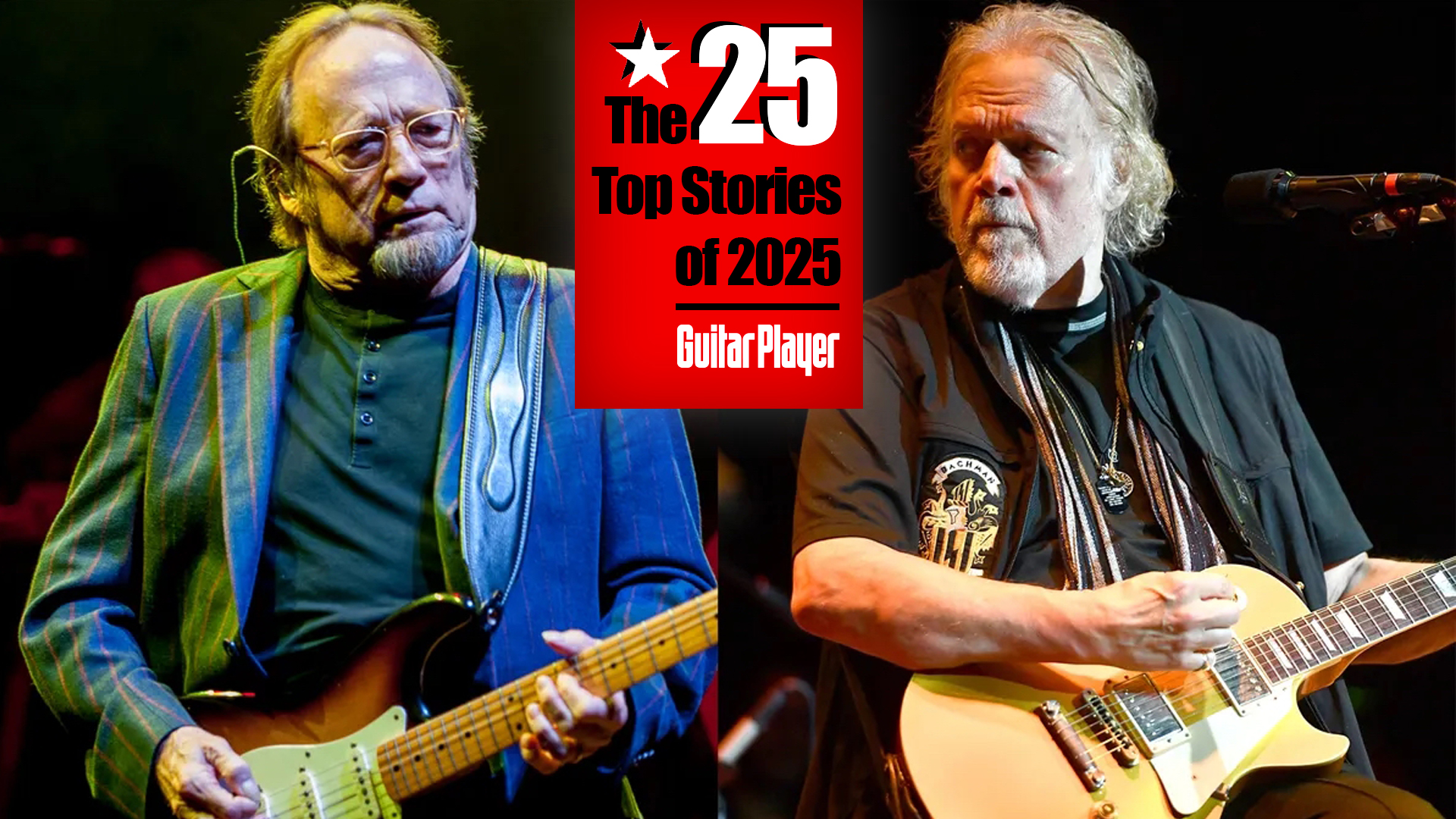How Do You Get the Sickest Punk Guitar Tones? Dr. Know Offers His Best Advice
The pioneering guitarist reveals the gear behind Bad Brains' groundbreaking sound.

Dr. Know helped turn the punk scene on its head when his band Bad Brains emigrated from Washington D.C. to New York in the early ‘80s. Here he discusses some of the guitars, amps and effects that have transported him on his unique musical journey…
What amps did you use early on?
Believe it or not, early on I was using Acoustic amps, because they had built-in distortion and, most importantly, channel switching so that I could switch from fuzz to the clean sound I needed for the reggae stuff. I also used Marshalls, but often they were customized by people like Harry Kolbe in New York.
Eventually, I started using Mesa/Boogies, and then, by the late ’80s, rack gear with multi-effects units and MIDI control. I would just look through the guitar magazines and be like, “I need that! And that!” Most recently, I was using a Boogie Triple Rectifier, which I liked better than the Dual Rectifier, because it had more headroom.
There’s a video of Bad Brains performing at CBGB in 1982, and when the band is playing reggae material, you’re using phasing and delay. Do you recall what effects units you used?
It was an MXR phaser and an Echoplex. I just recently watched that video and was thinking about how that was when I had just built my first pedalboard. I built that bad boy out of plywood. It wouldn’t look like much to somebody today, but for 40 years ago, it was good!
You had a pedalboard on the stage? I would have thought that with all of the kids getting up there to stage dive, you wouldn’t be able to do that.
All the latest guitar news, interviews, lessons, reviews, deals and more, direct to your inbox!
Oh yeah, especially at CBs, because the stage was so small. But we had our roadie, Alvin Robertson, and he would stand by me and be like, “Yo, you all get out of here. Don’t mess with his shit!”
In the early ’80s, you’re frequently pictured with two guitars: a B.C. Rich Eagle and an Ovation UK2 1291, which featured a unique aluminum skeleton and a Urelite foam body
The B.C. Rich was stolen. I think it happened when we went to England to open for the Damned, but they didn’t let us in. We were all punked out and we didn’t have our working papers. They were like, “A bunch of Black punk dudes coming over here? Nah. We got enough of this with these White kids over here.”
They took our passports, put us in a room and were like, “You’re getting on this next plane, and you going back.” We went home, but the equipment never made it. The Ovation was a gift from Ric Ocasek, who gave it to me when he was producing Rock for Light.

By the time the band is recording I Against I in 1986, you’ve switched to using Superstrats with locking tremolos.
I had Roger Sadowsky build me a white Strat-style guitar, and then I remember Darryl and I going to 48th Street, to ESP, which was still really a parts shop at the time. I think he ordered his green bass, and I picked out an alder body and a neck for the guitar that became Old Blackie [his Strat-style guitar with an ESP body and neck and custom DiMarzio pickups].
The pickups in there were made specially for me by Steve Blucher at DiMarzio: the single-coil-sized pickups in the middle and the neck are actually hum canceling. I played that guitar forever. Still sounds good, too! I also have a Maguire guitar that has a Floyd Rose, EMGs and a Sustaniac pickup that I like a lot.
What instrument do you play most now?
I’ve actually been spending a lot of time playing an electric baglama, which is a Turkish stringed instrument that I run through all my pedals. At some point, I want to incorporate that into my next musical venture.

Buy Rock for Light by Bad Brains here.
